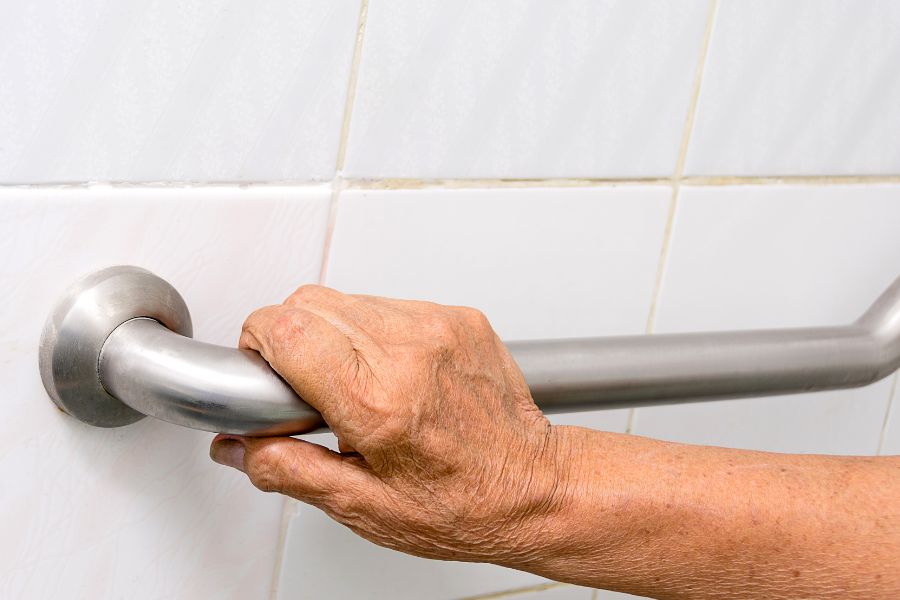Unless a frantic morning commute is on the horizon, many people think of their shower as a place of zen and tranquility.
There is seemingly no better place to relax and think about one’s day than under a warm jet of water — but with that relaxation comes the opportunity for injuries that many Americans experience every year.
According to the CDC, a 2008 study showed that there were roughly 235,000 bathroom injuries among those over 15 years old, which equates to roughly 96.4 bathroom-related injuries per 100,000 people.
A number of factors come into play with shower injuries, and it’s important to know the dangers as well as ways to mitigate the risk.
Do Age And Sex Play A Factor?
The CDC isolated a number of different demographic groups for their research, and was able to draw a few different conclusions.
Unsurprisingly, they found that bathroom accidents increase with age.
According to the CDC, injuries in or around the tub or shower increased 300 percent from the 15-24 age group, to the over 85 age group. Those in the younger group experienced injuries at around 50 per 100,000 people, while those in the over 85 age group experienced injuries at 200 per 100,000 people.
When one factors in that the most common primary cause of injury in their study was “falls” at just over 80%, it is easy to see how older age groups are more at risk.
Additionally, an eight-year study done by Science Direct showed that falls aren’t the only primary cause of concern for older individuals.
From a group of patients that were admitted to Stoke Mandeville Hospital in the UK due to burns from hot water in baths and/or showers, 83% of those in the “adult” category were over the age of 60. And compared to children that were admitted, adults suffered much more severe burns that resulted in a mortality rate of 44%.
In addition, one of the more surprising findings of the CDC study showed that women have a 72% higher rate of bathroom injuries than men.
While not entirely sure about the cause of this statistic, the author of the paper pointed out that studies have shown women have differences in lower-body strength, bone mass, and physical activity compared to men, which could all be contributing factors.
Shower Safety Tips
It is important to know the possible dangers in the bathroom, as slip-and-fall injuries are prevalent among all age groups — and especially amongst women and the elderly.
- Maintain at least 3 points of contact with solid surfaces when getting in and out of the shower
- Move slowly and deliberately
- Understand which surfaces are smooth or slippery
- Invest in slip-resistant shower mats and grab handles
There are a number of steps you can take to lower the injury risk in your household, including non-slip tape or shower pads, as well as even investing in walk-in showers.

